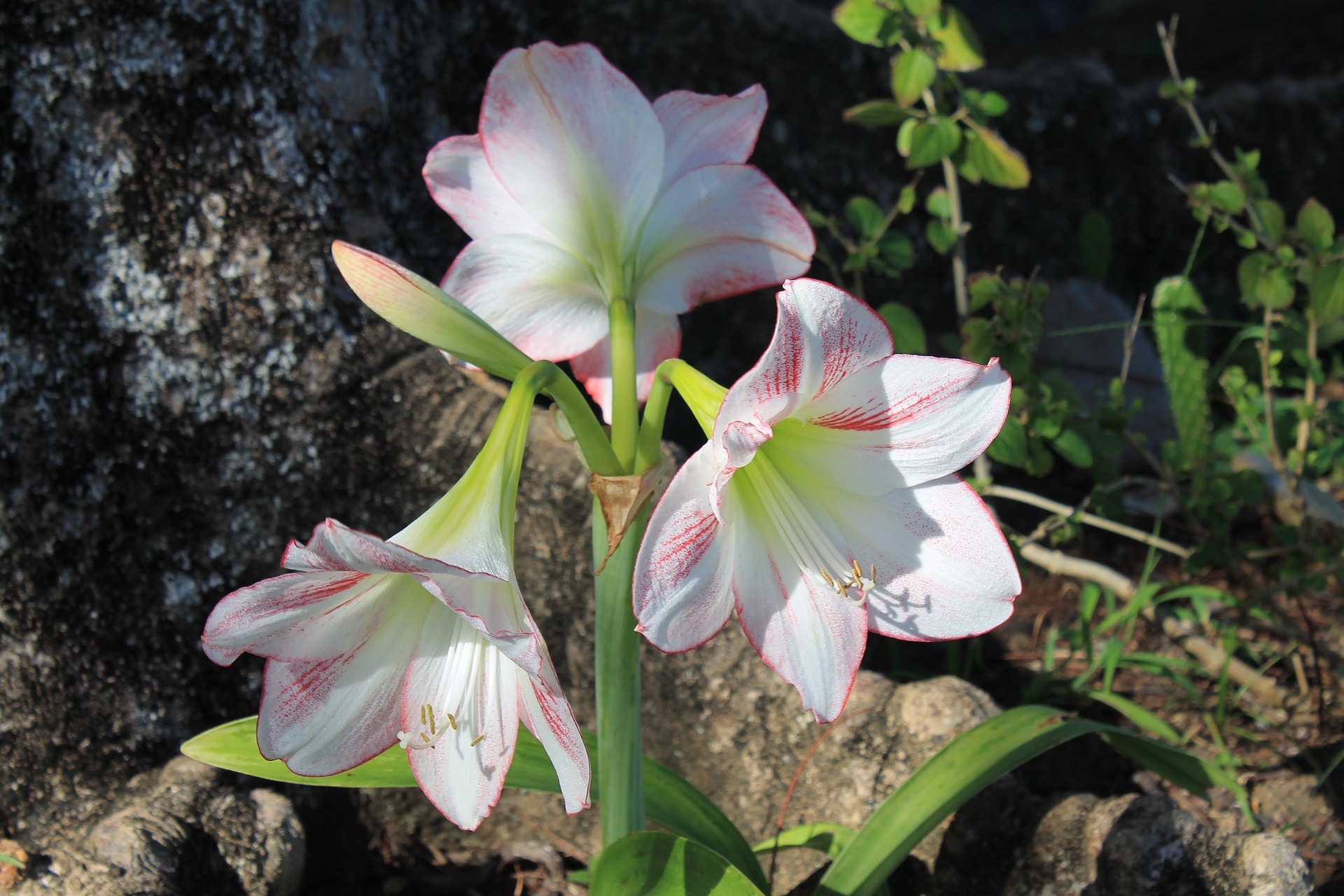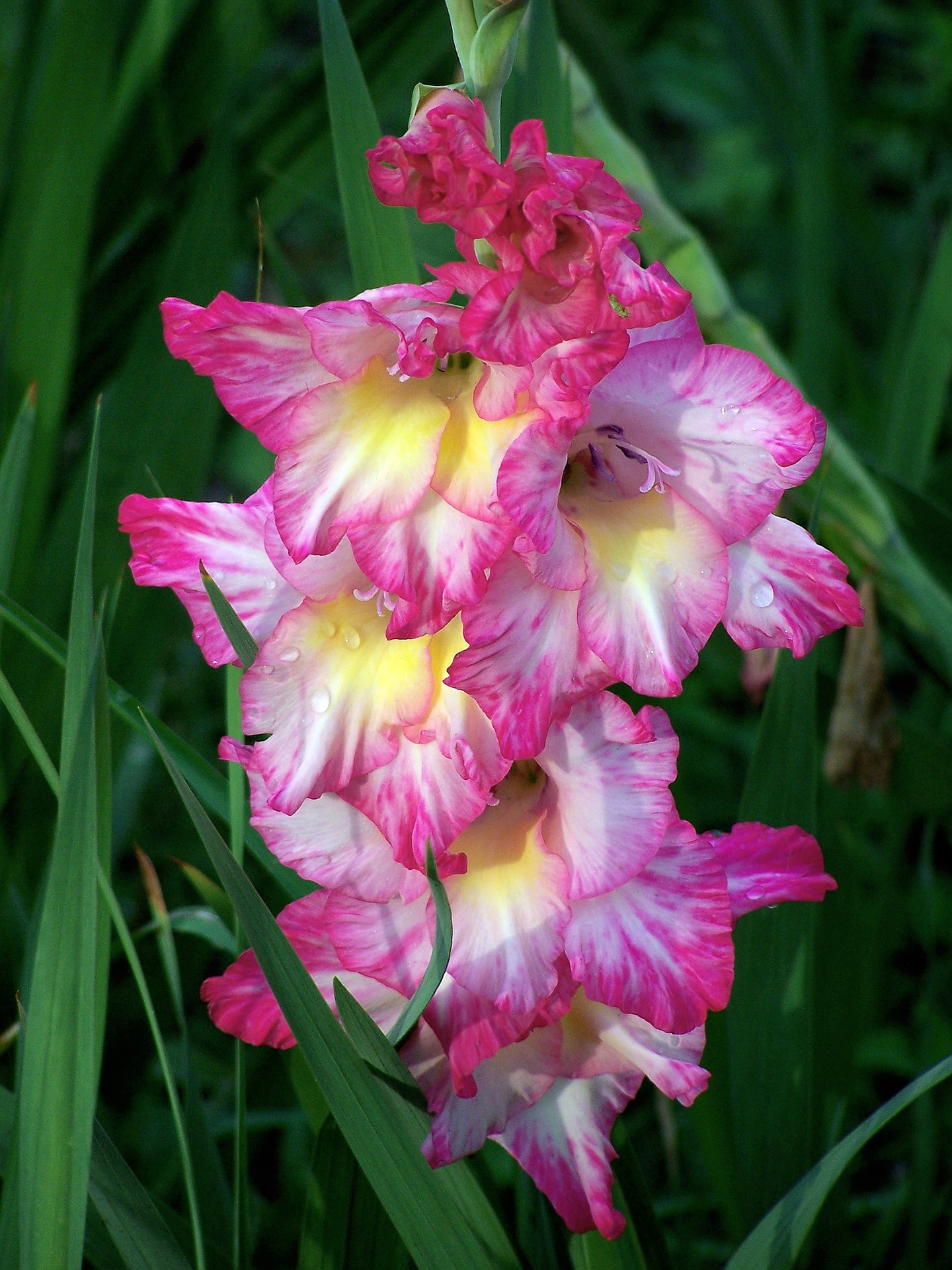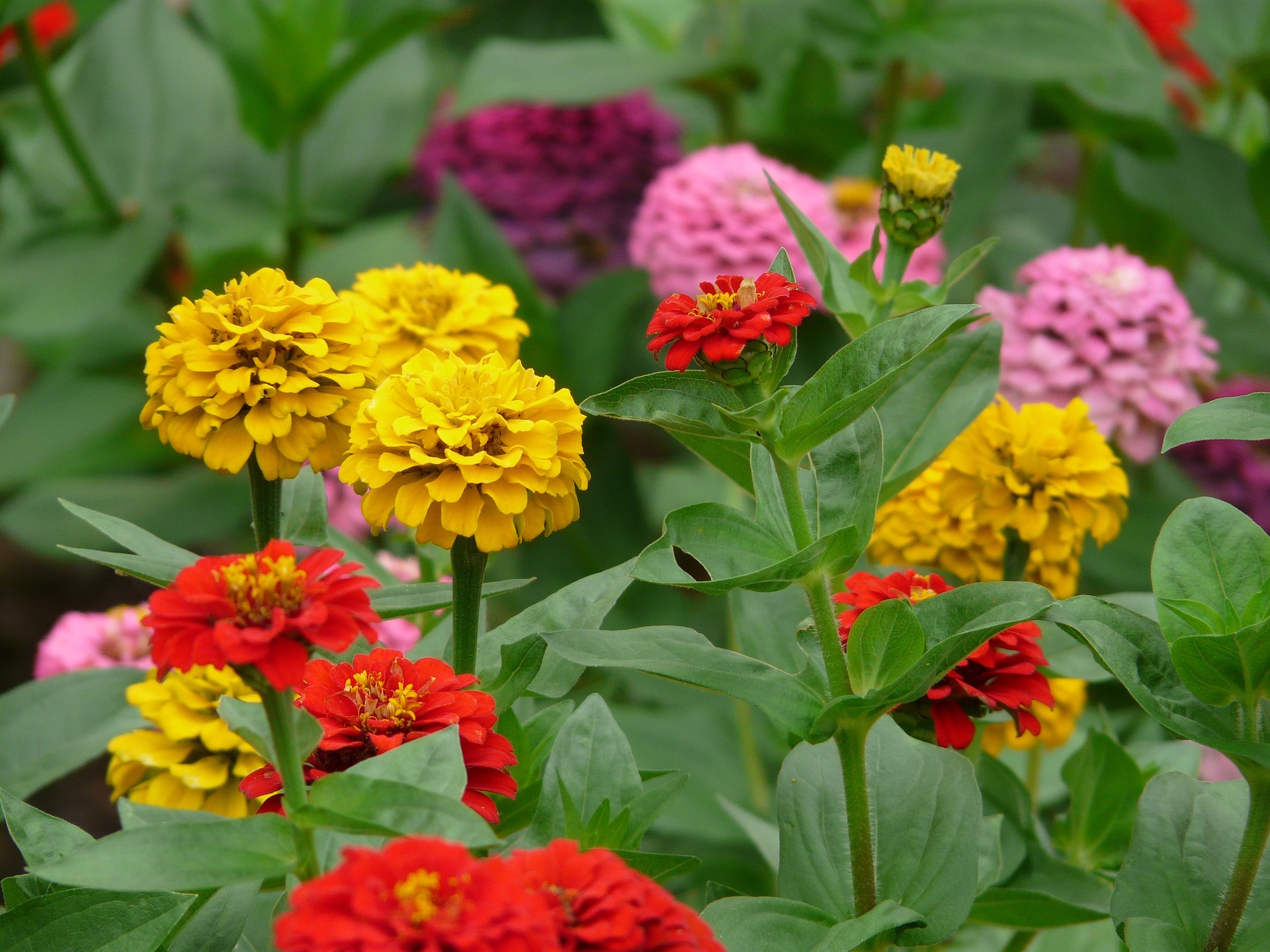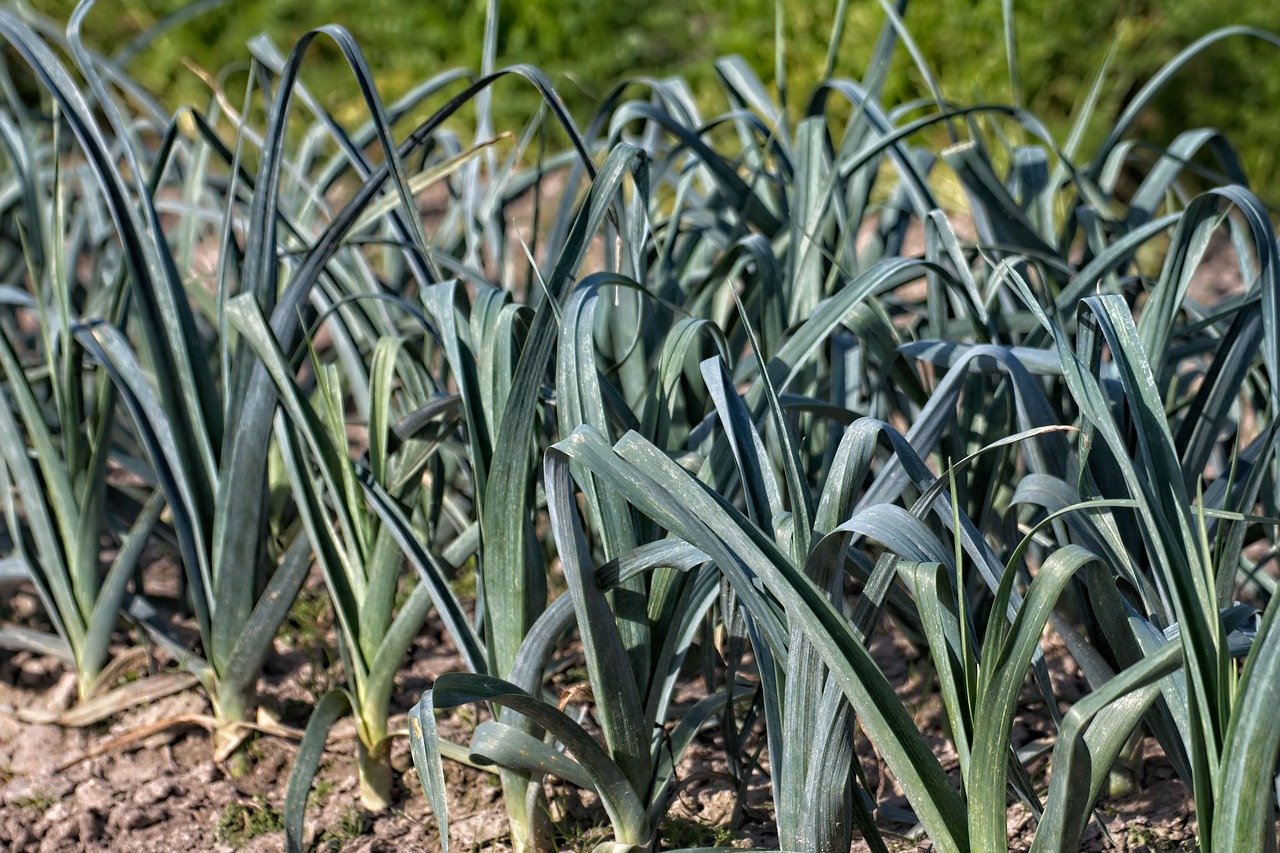In the cold and gray of winter, when most plants and flowers have died, memories of spring start to creep in, then the sight of amaryllis plants with their large, trumpet-shaped flowers in a house brings the semblance of spring.
The scientific name, Amaryllis was derived from the Greek word,” amarysso” meaning to sparkle.
About Amaryllis
Amaryllis plants belong to the genus “Hippeastrum,” most of which are hybrids of species originating from South Africa and South America. The plants grow from bulbs, producing several green leaves and large, funnel-shaped flowers. Amaryllis bulbs can last for more than 50 years if they are well taken care of.
Amaryllis flowers come in a variety of colors including white, red, pink, salmon, orange with some varieties stripped or multicolored, usually in combined shades of white, pink and red.
| Scientific name | Hippeastrum spp |
| Common name | Amaryllis |
| Plant type | Perennial |
| Mature plant size | 2 ft tall, 8-12 ft wide |
| Soil pH | 6.0-6.8 |
| Light/Sun exposure | Full sun/Partial shade |
| Hardiness zones | 8-10 (USDA) |
| Bloom time | Late December to June |
| Leaf color | Green |
| Flower color | white, pink, red, salmon and orange |
| Native area | South Africa, South America |
Some common Amaryllis varieties to grow
Red lion has dark-red flowers.
Christmas gift and White Christmas have pure -white flowers.
Double dream has deep pink petals tinged with white at the tops.
Monaco has huge red flowers.
Apple blossom has white flowers with red lines and pink blush.
Temptation has varying flower patterns; edged in red with crimson streaks and speckles on each petal, centered in a red throat.
Popov has blooms with white petals streaked with rosy red.
Purchasing bulbs
Select large sized bulbs (5-10cm) during purchase because the bigger the size of the bulb, the more flower stalks and big-sized flowers it will produce. The bulbs should also be in good condition and free of blemishes and rot.
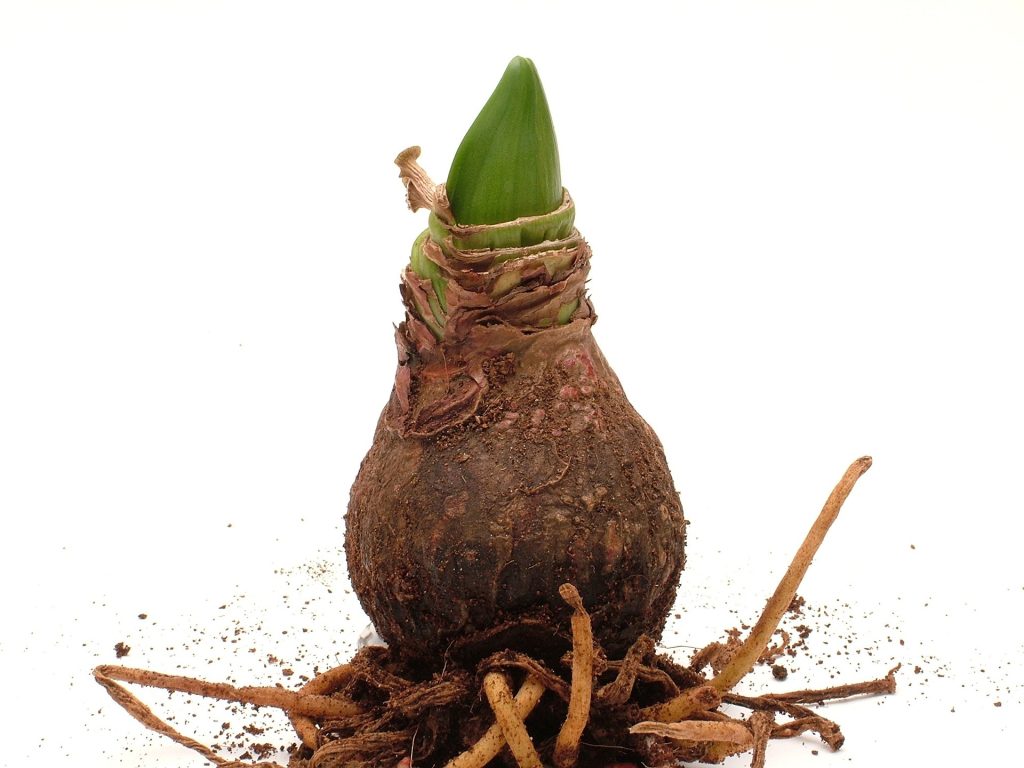
Where to grow Amaryllis
Amaryllis prefer sites that receive light shade for example under large trees in well-drained soil. The plants can grow at any time of the year. Amaryllis will grow in about any soil type as long as it is well drained, but for best results, grow amaryllis in rich sandy-loam soil.
When to plant Amaryllis
Plant amaryllis between October and April. For continuous bloom, plant in intervals of 2 weeks or 10 days. The plants will flower in 7 to 10 weeks with flowering time longer in winter than in spring.
Soil preparation and planting
Till the soil and add 2 to 4 inch layer of organic manure such as dry leaves, dry straw, dry cow manure, compost or peat.
Dig shallow holes that allow the neck of the bulbs to protrude outside and place in the bulbs.
Water the plants until they are well established but make sure that the soil is not water logged to prevent bulb rot.
Add a 2 inch layer of mulch to improve water retention of the soil and prevent weed growth.
The bulb produces a flower stalk 6-8 weeks after planting.
Growing Amaryllis in containers
Prepare your container(s) with potting soil (1/3 sand and 2/3 potting mix). The container(s) should be large enough to contain the mature plant (at least 4 inches in diameter). Also add pebbles at the bottom of your container(s) to avoid toppling over when the plant is mature and ensure that they have drainage holes.
Place the bulb in the middle of the container after digging a hole using your finger or a stick. Ensure that the top part of the bulb is protruding outside and water the plant.
Place your container in a sunny spot and as you water it, always ensure that it is not water logged.

Care for amaryllis flowers
When amaryllis produce flowers, shift your plant to a place with light shade to prolong flower life. After the end of the flowering period, add fertilizer to your plant to encourage growth of new leaves. When the stalk starts to produce seeds, cut it off to prevent energy being wasted in seed production (unless if you are breeding the plants).
Repotting bulbs
There is no need to dig up bulbs and re-plant them the next season, you only need to keep them actively growing after they have finished blooming by providing bright light, water and fertilizer.
However, bulbs keep increasing in diameter during the growing season and smaller bulbs also develop on the mother bulb. You can dig up the bulbs during the fall, after leaves have yellowed and browned. Separate the bulbs and plant the new bulbs in new places.
Common pests and diseases
Pests include caterpillars, nematodes, grasshoppers, aphids and other insects. These can be hand-picked and destroyed.
Red blotch/leaf scorch: This is the most common disease attacking amaryllis. It is caused by a fungus which causes the leaves and flower stalks to develop red spots which enlarge, elongate and become sunken. It commonly attacks shaded plants that are frequently watered.
Proper management including infrequent watering, proper aeration and discarding heavily infected bulbs will help control the disease. Spray infected plants with fungicides as directed at your local store.
Why are my amaryllis plants failing to bloom?
-Plants growing under too much shade, with little to no sunlight, causing loss of vigor.
-Too much nitrogen, water or rich soil causing more leaves to grow at the expense of flowers.
-Harvesting bulbs too early, before leaves turn yellow and die back.

